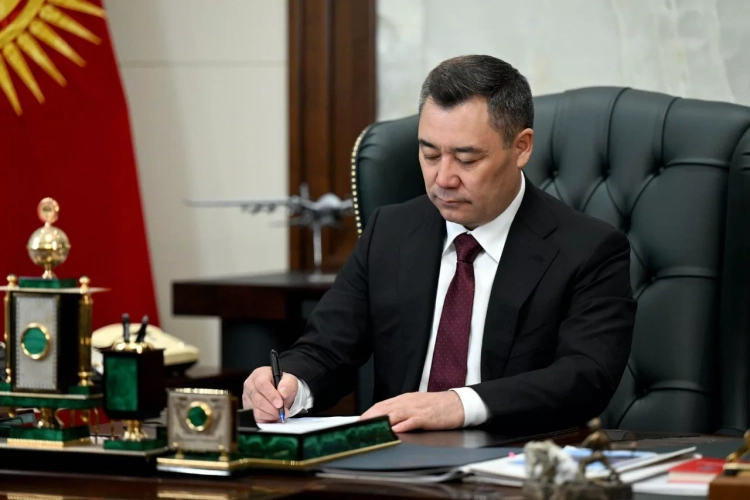Status of the City
In 1972, a powerful grain processing plant with a storage capacity of 56 thousand tons of grain was built on the basis of the former "Zagotzerno," now known as GP "BuuDay - Kara-Balta." It is equipped with machinery for separating various impurities from grain, a high-performance grain dryer, a high-grade milling machine, equipment for producing cereals and various products up to 30 types, as well as a feed mill, auxiliary workshops, a large subsidiary farm, and considerable arable land for grain crops. The plant is facing significant challenges due to low grain supply, but it not only stays afloat but also produces high-quality products, for which it was recently awarded a high international accolade with the prestigious "Golden Star for Quality and Excellence," the presentation of which will soon take place in Geneva. Upon receiving this honorary prize, the plant's team was warmly congratulated by the President of Kyrgyzstan, Askar Akayev.
The presence of a vast industrial potential required the town of Kara-Balta to attain city status. In 1974, the then-chairman of the executive committee of the district council, Mukhamed Turgunovich Ibragimov, and the first secretary of the district party committee, Asan Kamalovich Kamalov, sent a well-reasoned letter to the republican authorities regarding this matter. The letter received support from Turdakun Usubaliev, and on September 9, 1975, the Supreme Council of the republic issued a decree on the establishment of the city of Kara-Balta. From this date, it marks the beginning of its second birth.
City status provided the district center with broader opportunities for housing construction and social and cultural facilities. New residential neighborhoods emerging in the center of Kara-Balta are a result of this transformation. Kara-Balta was envisioned to become a satellite city of the capital, and under the guidance of the chief architect of the "Kyrgyzpromstroy" institute, N.V. Karpenko, its master plan was developed until 2000, anticipating a population of 100,000. However, with the onset of perestroika, this plan was not destined to be realized. In 1999, a third master plan for the city began to be developed at the "Kyrgyz NIIP Urban Planning" institute under the direction of architect T.A. Tugova for a population of 56,000. For the prospects of this project, the exploration of an additional 130 hectares is necessary.
It was decided not to attract district areas but to utilize internal urban reserves: unfinished construction, wastelands, and abandoned summer cottages.
The reclaimed lands will be primarily allocated to private entrepreneurs wishing to beautify their hometown with modern architectural buildings.
The city's population was 46,596 people, consisting of 12,000 Kyrgyz, 23,390 Russians, 2,250 Ukrainians, 1,730 Uighurs, 1,549 Uzbeks, 1,544 Koreans, 973 Kazakhs, 880 Germans, 836 Tatars, etc.
The working-age population predominates, totaling 13,532 people. The younger generation under the age of 16 (13,249 people) forecasts a sufficient labor resource in the near future. The city has 6 centenarians aged 100 years and older.
The share of the urban population in the Jayil district remains high, but it has undergone significant changes. In 1991-93, the population was 54.2 thousand people. Then, a rapid outflow began beyond the republic's borders, leading to the current figure. As of today, the migration process has significantly decreased.
Refining and Gold Mining Production in Kara-Balta












































